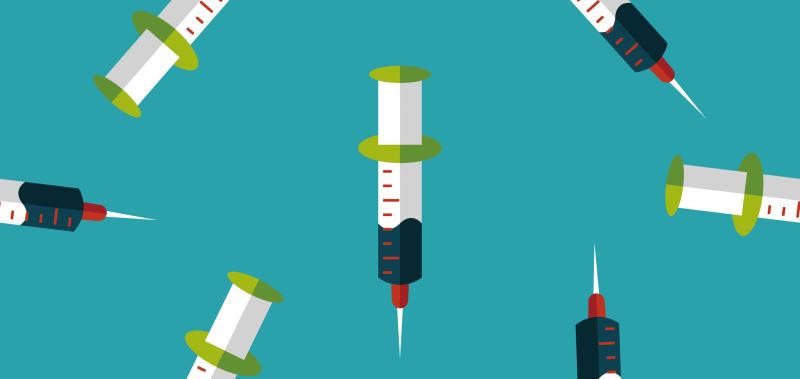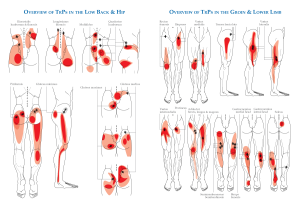Managing Expectations Before A Spinal Injection

Category: | Author:
If you haven’t really been able to successfully manage your back condition with standard conservative methods but are still hoping that you can treat the issue without undergoing a surgical procedure, a spinal injection may be the perfect option for you. We’ve talked about corticosteroid injections for back pain relief in the past, and we really want patients to understand the process and how to get the most out of their injection so that they can experience the most relief. Having the right expectations prior to your injection can go a long way in avoiding disappointment or mismatched goals. In today’s blog, we talk about what you can reasonably expect if you are pursuing a corticosteroid injection to help with your spinal discomfort.
What To Expect From A Back Injection
Spinal injections can be used both as a diagnostic or treatment option for a variety of conditions, so not all of these expectations may suit your situation perfectly. With that said, the following expectations are typically topics we cover with patients during their initial consultation so that there aren’t any misconceptions before, during or after the injection:
- It May Not Work – We do everything in our power to ensure that the injection will numb the problemed area and provide pain relief, but because the spine is so complex, it’s not always guaranteed that your pain is coming from an area that will respond to an injection. It’s become easier to pinpoint spinal nerves that are likely the cause of your discomfort, but know that an injection isn’t effective 100 percent of the time.
- It Won’t Last Forever – The point that we typically spend the most time stressing is that a corticosteroid injection is a short-term solution. The injection is not going to cure your back pain forever. However, that doesn’t mean it’s a fruitless endeavor. A spinal injection can make it much easier to pursue active treatment techniques that can help to address your back issue in the long-term, so it can play a key role in a comprehensive treatment plan. Take advantage of the short-term relief that your injection provides and pursue other active treatments that can target the underlying cause of your discomfort.
- Their Effectiveness Wanes – We hope that you get a number of weeks or months of relief from your initial injection, but know that if symptoms return in six months, it’s not as simple as coming back in for another injection and expecting six more months of relief. As your body gets used to the corticosteroid solution, its effectiveness wanes, meaning you likely will experience a shorter period of relief for a subsequent injection and so on. Because too many injections in the same area can actually end up damaging your skin or surrounding tissues, it’s usually not advised to have more than a couple injections in the same location over the course of a year. Injections aren’t something that you should expect to get regularly, even if the first injection seems quite effective at controlling symptoms.
- Doesn’t Treat The Root Issue – Finally, building off the second point, we want people to understand that corticosteroid injections provide symptom relief, but they do not treat the underlying problem. It can make it more comfortable to pursue other treatment techniques, but the nerve problem will not resolve on its own simply because you received an injection. Physical therapy, weight loss, controlled exercise and stretching programs are all treatments that can target the underlying nerve issue and will be more effective at treating the root problem, but again it may be easier to pursue these activities following an injection.
We strongly believe that corticosteroid injections can be an immensely beneficial option for the right type of patient, so long as they come in with appropriate expectations and are willing to pursue some active treatments once the injection has kicked in. To learn more about spinal injections, or to see if there is a better treatment option for your spinal condition, reach out to Dr. Sinicropi and the team at the Midwest Spine & Brain Institute today at (651) 430-3800.
Related




